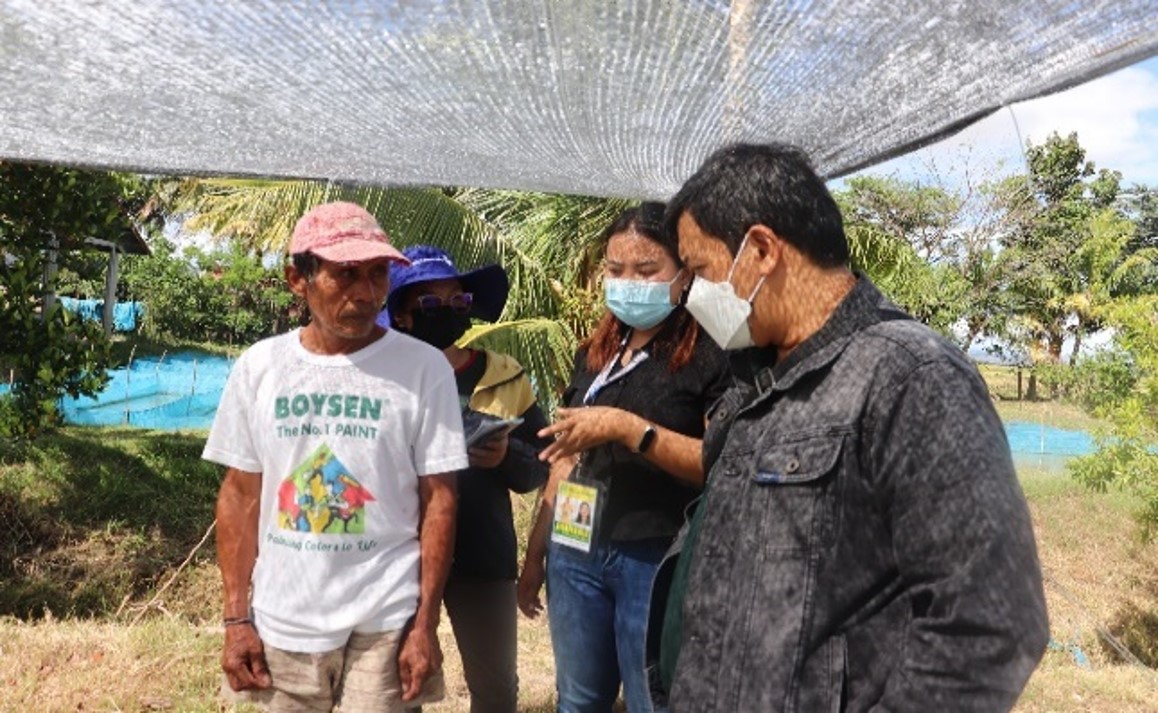
A technology to reduce water temperature in tilapia ponds is set to help more tilapia growers in Luzon.
Called aquashade technology, this involves installation of netting materials on top of the pond during summer months. It is proven to reduce water temperature by more than 3°C during the hottest period of the day. The favorable conditions for breeding that is provided by the technology is expected to increase spawning rate and seed or fry production by more than 100 precent (%) in both pond-based and hapa-based seed production systems.
Eleven hatcheries in Nueva Ecija, Pampanga, Tarlac, Isabela, Batangas, Laguna, and Albay have already installed aquashade technology in their farms.
Aquashade technology is developed by the Central Luzon State University (CLSU) through a two-year project, “Promotion of Aquashade Technology in Luzon to Increase Low of Nile Tilapia Seed Production During Warm Months,” led by Dr. Emmanuel M. Vera Cruz of CLSU, funded by the Philippine Council for Agriculture, Aquatic and Natural Resources Research and Development of the Department of Science and Technology (DOST-PCAARRD).
The technology helps improve tilapia production in the Philippines affected by increasing water temperatures especially during warm months of the year. Warmer water temperatures hinder fish reproduction.

Tilapia hatchery operators can consider different available aquashade designs. The G.I. pipe frame design uses G.I. wires to support the greenhouse net for shading. It is durable and long lasting. It can withstand strong winds brought by typhoons.
On the other hand, aquashade design that uses bamboo frame made of bamboo poles design with the lowest input cost, utilizes bamboo as poles. Greenhouse net (CCM208-2/W-W-SLV) with 40% shade effectivity (3.6m x 50m, silver color) is recommended for the aquashade technology.
One of the recipients of the project, Romel Martinez, owner of R2M Aquafarm located in the Science City of Muñoz, Nueva Ecija attested increase in production and income using aquashade technology since 2021, despite adverse extreme weather conditions.
These accomplishments were reported during a monitoring and evaluation visit of the Technology Transfer and Promotion Division of DOST-PCAARRD. The team also visited the aquashade setup at the CLSU Freshwater Aquaculture Center (FAC).
